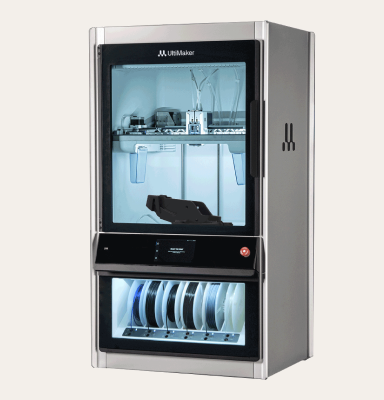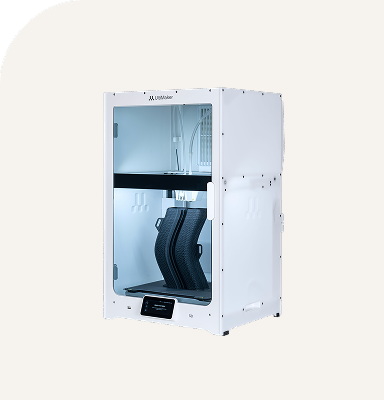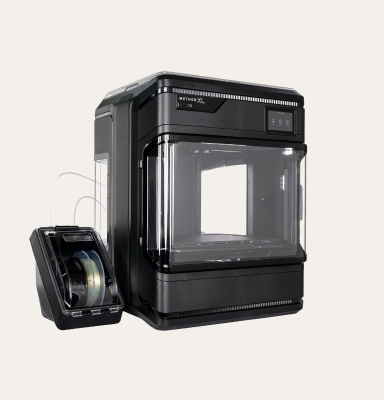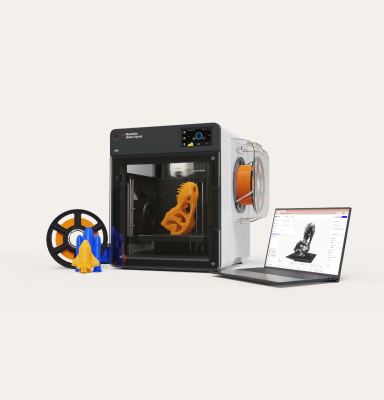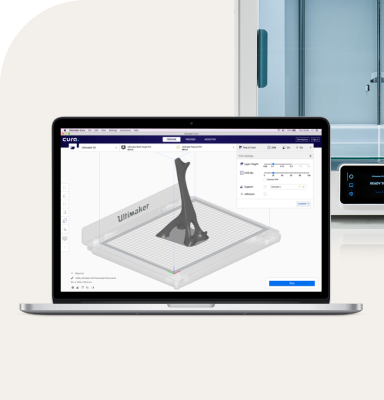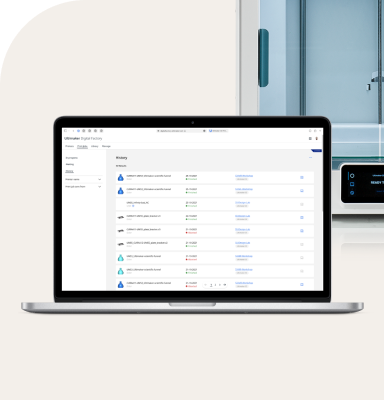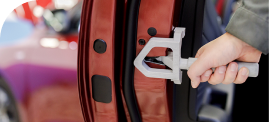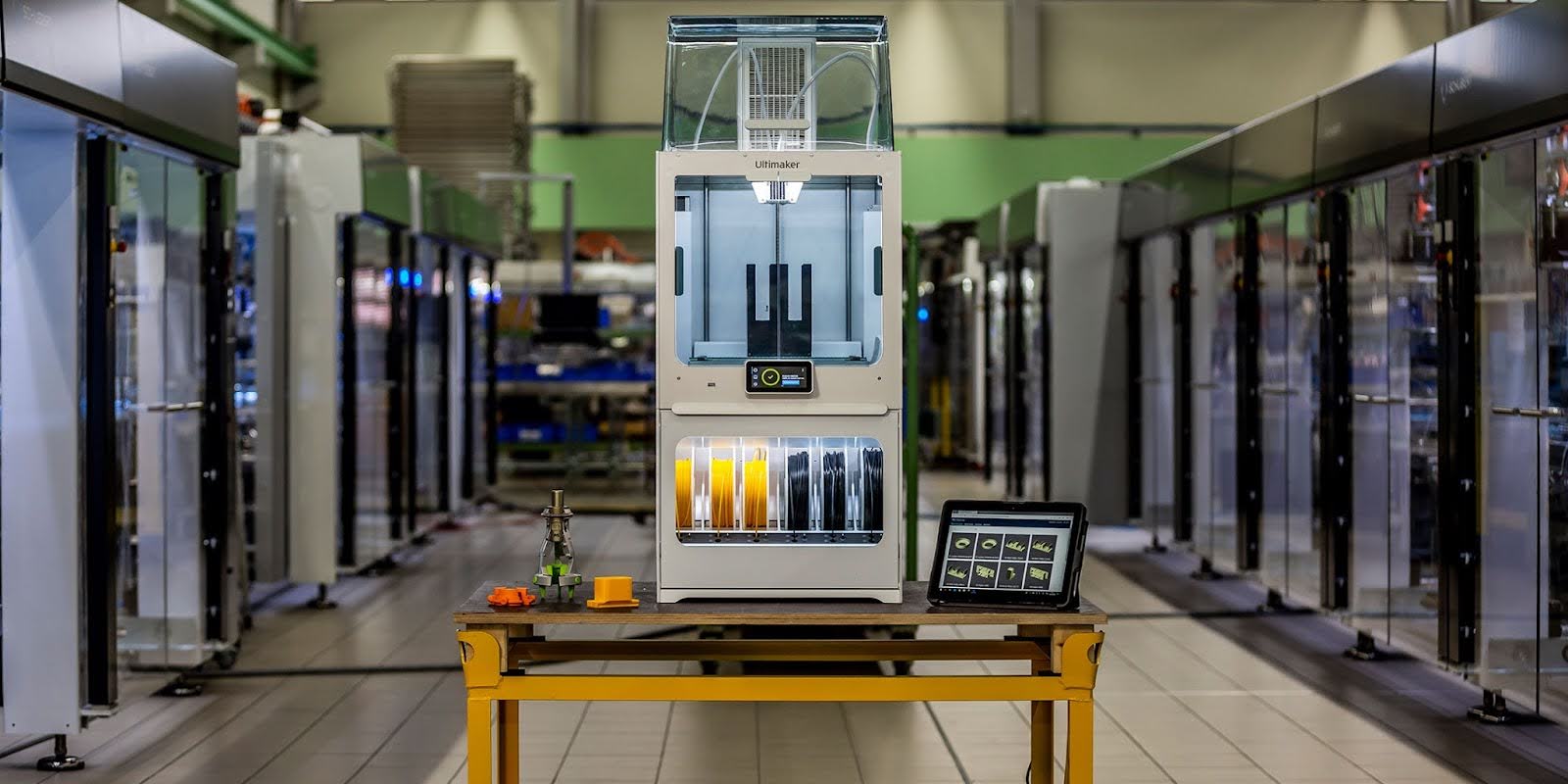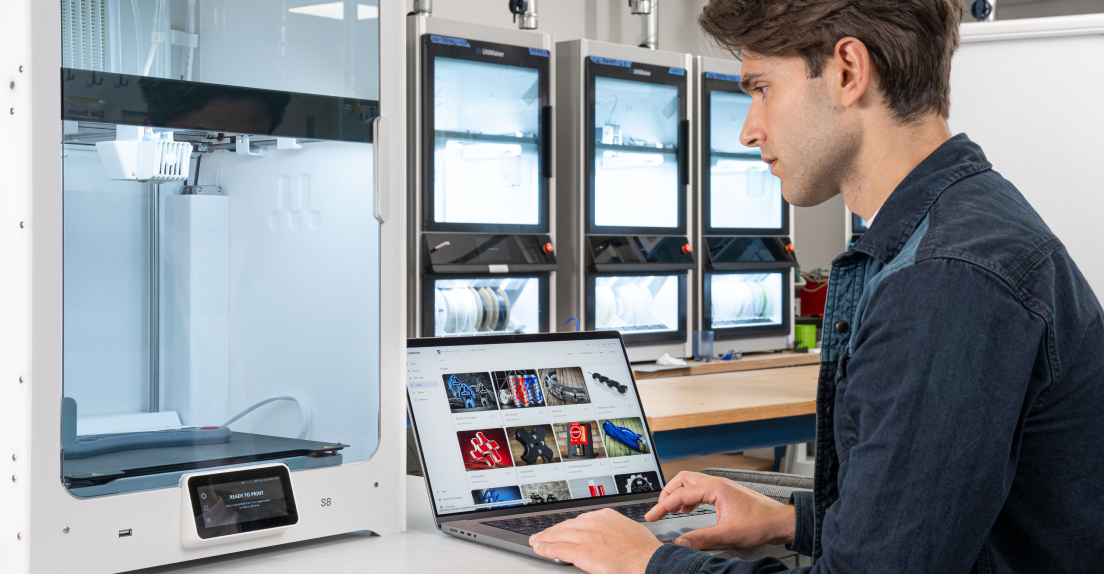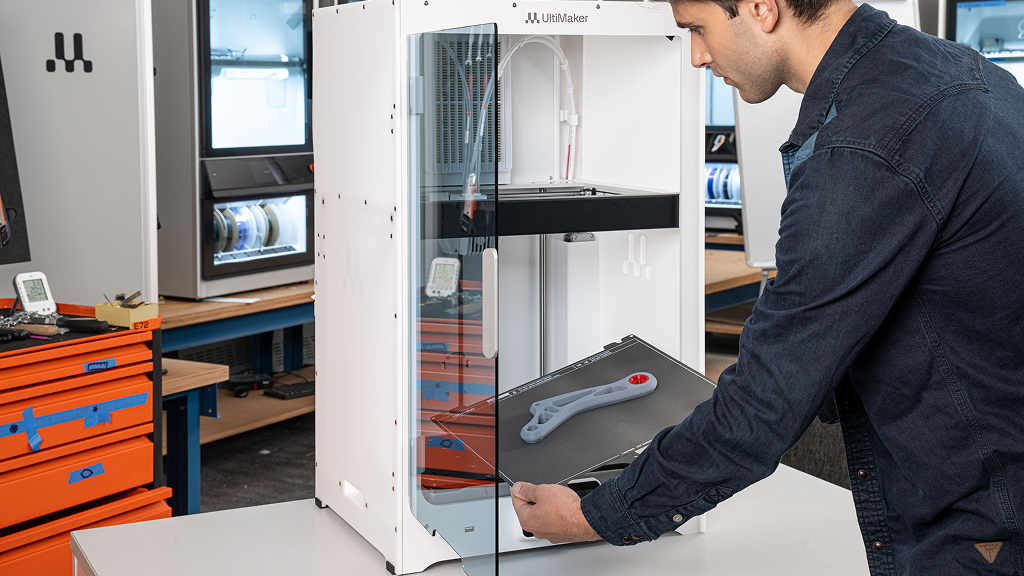Fused Filament Fabrication (FFF), also known as Fused Deposition Modeling (FDM) is an additive manufacturing process that builds three-dimensional objects by depositing melted thermoplastic material layer by layer.
This technology has changed prototyping, manufacturing, and small-scale production across industries.
The functionality relies on a process where thermoplastic filament is heated to its melting point and extruded through a nozzle, enabling the creation of precise, layered structures. Understanding this mechanism is key to appreciating the versatility and widespread adoption of FFF printing.
What is FFF printing and how does it work
The FFF printing process starts with a digital 3D model created using CAD software. Specialized software then slices this model into thin horizontal layers, preparing it for printing. The printer heats thermoplastic filament to its melting point and extrudes it through a nozzle onto a build platform. The extruder follows a path, depositing material to form each layer. After each layer is completed, the build platform lowers slightly, allowing the next layer to be built. The process repeats until the entire object is constructed.
FFF offers advantages that have led to its widespread use. It is cost-effective, making it accessible to hobbyists and professionals. The range of compatible materials, including PLA, ABS, and PETG, allows for versatility in applications. FFF technology also enables the creation of complex geometries and internal structures that would be difficult to achieve with traditional manufacturing methods. Additionally, the relatively fast production times for prototypes and small-batch parts make it suitable for rapid prototyping and iterative design processes.
Key advantages of FFF printers
FFF printers have become popular due to their advantages. One benefit is their cost-effectiveness. Compared to other technologies, FFF printers generally have a lower initial cost and more affordable material expenses. This accessibility has expanded 3D printing to a wider audience.
The material versatility is another advantage. These printers work with various thermoplastic filaments, including PLA, ABS, and PETG, as well as TPU, nylon, and composite materials infused with wood, metal, or carbon fiber. This allows users to select the most appropriate material for their application, whether it's decorative, a functional prototype, or an end-use part.
Ease of use is a key feature, making them suitable for beginners and experts. The learning curve is often less steep compared to other methods, with many printers designed with user-friendliness in mind. This has contributed to the technology's adoption in educational settings, maker spaces, and small businesses.
FFF printers often have larger build volumes compared to some other technologies. Some offer build volumes up to 305 x 305 x 605 mm or larger, allowing for the creation of large parts or multiple smaller objects in one print job. This is valuable for industries that need larger prototypes or functional parts.
The relatively fast print speeds make it ideal for rapid prototyping. This quick turnaround enables designers and engineers to iterate through design versions quickly, accelerating product development. The ability to produce physical prototypes rapidly can lead to more efficient design cycles and faster time-to-market for new products.
Maintenance is generally less complex and costly compared to other technologies. These printers typically have fewer intricate components, resulting in easier upkeep and lower long-term costs. This contributes to the cost-effectiveness of FFF.
Many FFF printers are designed to be compact and operate quietly, making them suitable for use in office or home environments. This has facilitated the integration of 3D printing into workplaces, from design studios to engineering departments.
With the right materials and settings, FFF printers can produce durable, functional parts suitable for end-use applications in various industries. This has expanded the technology's use beyond prototyping, allowing for small-scale production of custom parts, replacement components, and specialized tools. Considering these benefits, it's also helpful to understand the nuances in terminology that define this technology. You may find that understanding the benefits of different 3D printing technologies and their applications can further inform your choices.

